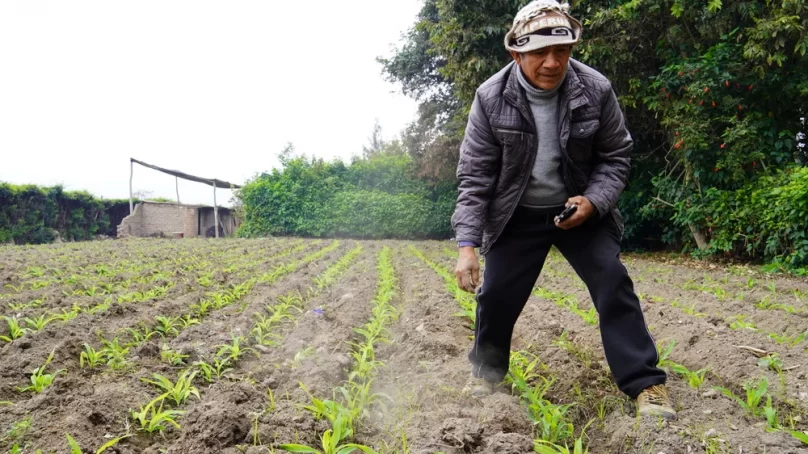
The United Nations Food and Agriculture Organization (FAO) has warned that the food situation leaves no alternative for many Peruvians but to consume more ultra-processed foods.
These are cheaper but they’re also higher in sugar, salt and saturated fats that are harmful to health, FAO says in its latest report on hunger situation around the world.
“Dietary habits are very difficult to change,” Enrique Román, FAO’s assistant representative in Peru. “We need to re-educate [people] how to eat, so people choose nutritious foods over ultra-processed foods. The private sector and policymakers can help so that nutritious foods can be the cheapest, not the most expensive, as they are currently in Peru.”
In a July 2022 report, the World Food Programme estimated that even before the pandemic, in 2019, the consequences of malnutrition were costing the country $10.5 billion, equivalent to 4.6 percent of GDP. These costs were associated with healthcare, poor school performance, and low productivity – about two thirds ($6.56 billion) were attributable to infant malnutrition and one third ($3.89 billion) to the health impacts of excess weight and obesity.
“A healthy diet is unaffordable for many people,” Sarah Laughton, Peru’s WFP representative, told The New Humanitarian. “The problem is prices, not availability.”
Laughton urged policymakers to organise the country’s emergency response system to cover not just natural disasters – Peru is the earthquake and flood-prone – but also problems of food distribution and direct health assistance.
“Peru has room for more social protection,” Laughton said. “There’s a need to institutionalise policy approaches to hunger and be systematic.”
The national food supply problem isn’t going away as the spiralling cost of imported fertilisers – mainly from Russia – is likely to impact food production next year.
“Due to the price rises, people are planting just a third of the crop,” Segundo Cruz, 64, a small-scale farmer in Mala, told The New Humanitarian. “It won’t be enough to supply the markets, and the [food] prices will go up even more.”
“There’s a need to institutionalise policy approaches to hunger and be systematic.”
The government has subsidised seabird excrement, guano de las islas, to fill the shortfall for Peru’s 2.4 million small- and medium-scale farmers, around half of whom used imported urea and other fertilisers, according to an agriculture ministry survey earlier this year.
But there’s not enough organic guano, sold at 50 soles ($12.6) for a 50-kilo sack, to meet the demand. After three failed international tenders to buy urea over the last year, the handling of the shortage by the government of President Pedro Castillo has been widely criticised, particularly as the second bid revealed irregularities, leading to the dismissal of nine officials and the director of the agency in charge of tenders.
Prices for a 50-kilo sack of urea have tripled from around $20 to $65, as imports into Peru have fallen by 58 percent compared to the average of the last seven years, figures from the agriculture ministry showed.
Eduardo Zegarra, an economist specialising in rural development, said the shortage and sky-high price of fertiliser could reduce yields by 30 to 40 percent. The problem of Peru’s overreliance on imported grain and fuel predates the current administration, with successive governments having neglected domestic food production at the expense of agri-exports, he added.
Segundo Cruz, a small-scale farmer in Mala, expects poor harvests next year as the soaring costs of fertiliser are forcing farmers to cut back on planting: “It won’t be enough to supply the markets, and the food prices will go up even more.”
Climate change is throwing further uncertainty into the mix. Peru is home to 70 percent of the world’s tropical glaciers, but they are melting rapidly, with serious, long-term consequences for food production as well as driving up the risks of deadly flood disasters.
In addition, land use and forestry is the main source of climate-warming greenhouse gas emissions in Peru. The government has been unable to reverse the Andean nation’s high rates of deforestation, for which small-scale agriculture, commercial plantations, and illegal mining have all been blamed, and which accelerated during the pandemic.
It doesn’t help that Castillo, the country’s first president from a working class rural background, is battling corruption allegations amid political turmoil. Hunger, meanwhile, is stalking not only those in the rural areas but increasingly the urban poor.
“Prices will continue to be high,” said Laughton. “We have a problem today and a problem for tomorrow.”
- The New Humanitarian report











